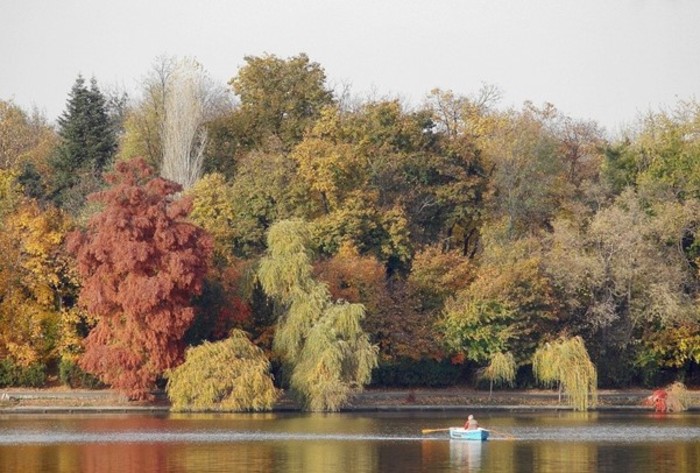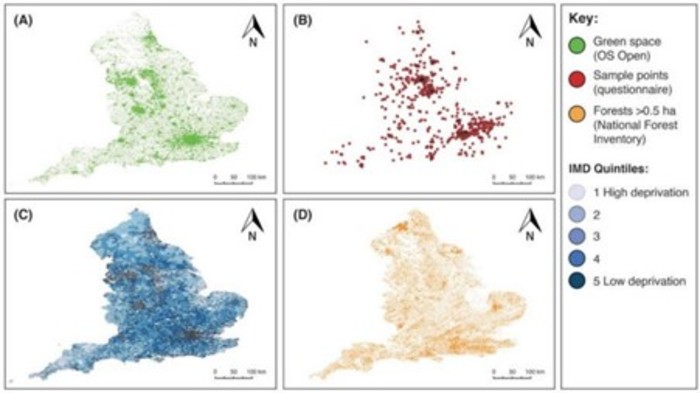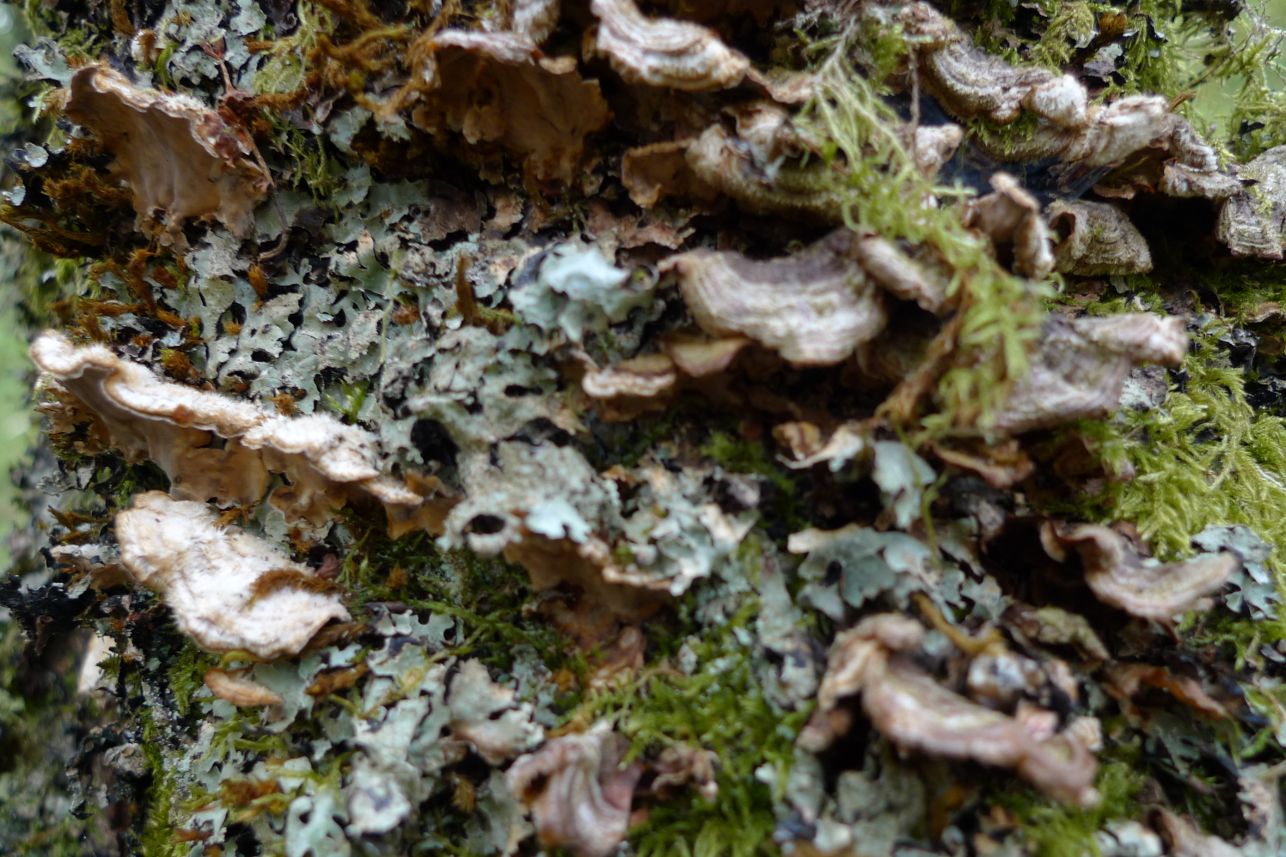Wild and Well: Let Nature Be Thy Medicine
Jake Robinson, from the University of Sheffield asks: Do you get a regular dose of nature?
 There is increasing evidence that regularly engaging with natural environments such as woodlands, parks and lakes is essential for our health and wellbeing.
There is increasing evidence that regularly engaging with natural environments such as woodlands, parks and lakes is essential for our health and wellbeing.
When these “green” and “blue” spaces are accessible and inclusive they can promote physical activity, psychological restoration (the ability to recover from stress) and social cohesion. There is evidence to suggest that contact with microbes from natural environments can “educate” our immune systems and reinforce the microbial communities on our skin, and in our airways and guts. Beneficial microbes from the environment could also potentially supplement our bodies with fatty acids such as butyrate, which are linked to reduced inflammation and may even promote mental health.
On the flipside, when we are starved of these natural environments and are cooped up in densely built-up urban spaces, our health and wellbeing suffers.
“Green prescriptions” are nature-based health interventions that are typically given by general practitioners alongside or occasionally to replace conventional therapies. Activities can include nature conservation volunteering, therapeutic horticulture (a form of gardening for wellbeing), and even simply walking through a park and taking a moment to jot down all the good things you see in nature. Green prescriptions can be useful for treating and preventing cardiovascular diseases, social isolation, stress and anxiety. They are being increasingly used across the world, including in the UK, where I’m based.
However, during the strict COVID-19 lock-down that came into force in 2020, GPs and green prescribing providers (such as nature-based organisations) were unable to facilitate these activities.
In a recent study my colleagues and I set out to explore how the COVID-19 pandemic may have affected peoples’ patterns of engaging with green and blue spaces, and to determine how nature helped us cope with this pandemic.
We created online questionnaires and applied geospatial analysis – a method that combines geographical coordinates and different forms of satellite data to explore the relationships between people and their local environments.
 The team used satellite data to explore relationships between people and the local environment.
The team used satellite data to explore relationships between people and the local environment.
We found that the majority of people reported significant changes in their patterns of visiting nature as a result of the COVID-19 pandemic. People spent more time in nature (an average increase of 40 minutes) and visited nature more often during the pandemic (an additional visit per week on average).
People also generally visited nature for a health and wellbeing benefit and felt that nature helped them cope with the pandemic. We used the satellite data to help reveal differences in greenness around the respondents’ home locations. This measure of greenness provides an indication of how much vegetation is present in a given environment. Where greenness was higher within 250 m around a respondent’s location, people were more likely to have higher levels of mental wellbeing. There were also significantly more food-growing allotments within 100 m and 250 m around respondents with higher mental wellbeing scores. Although these findings demonstrate correlations and not causation, they do indicate that neighbourhood vegetation – such as parks and other green spaces – is important in predicting more favourable mental health outcomes.
Many people visited environments that they would not usually visit, such as woodlands and meadows. They did so for different health and wellbeing benefits including reducing stress and anxiety. This implies that people were actively seeking out new environments as a therapeutic response to COVID-19. The results of the study highlight the deep appreciation that many of us have for nature and the immense value that green spaces have in supporting our health and wellbeing.
Let nature be thy medicine… by Jake M. Robinson, University of Sheffield, UK
@_jake_robinson
